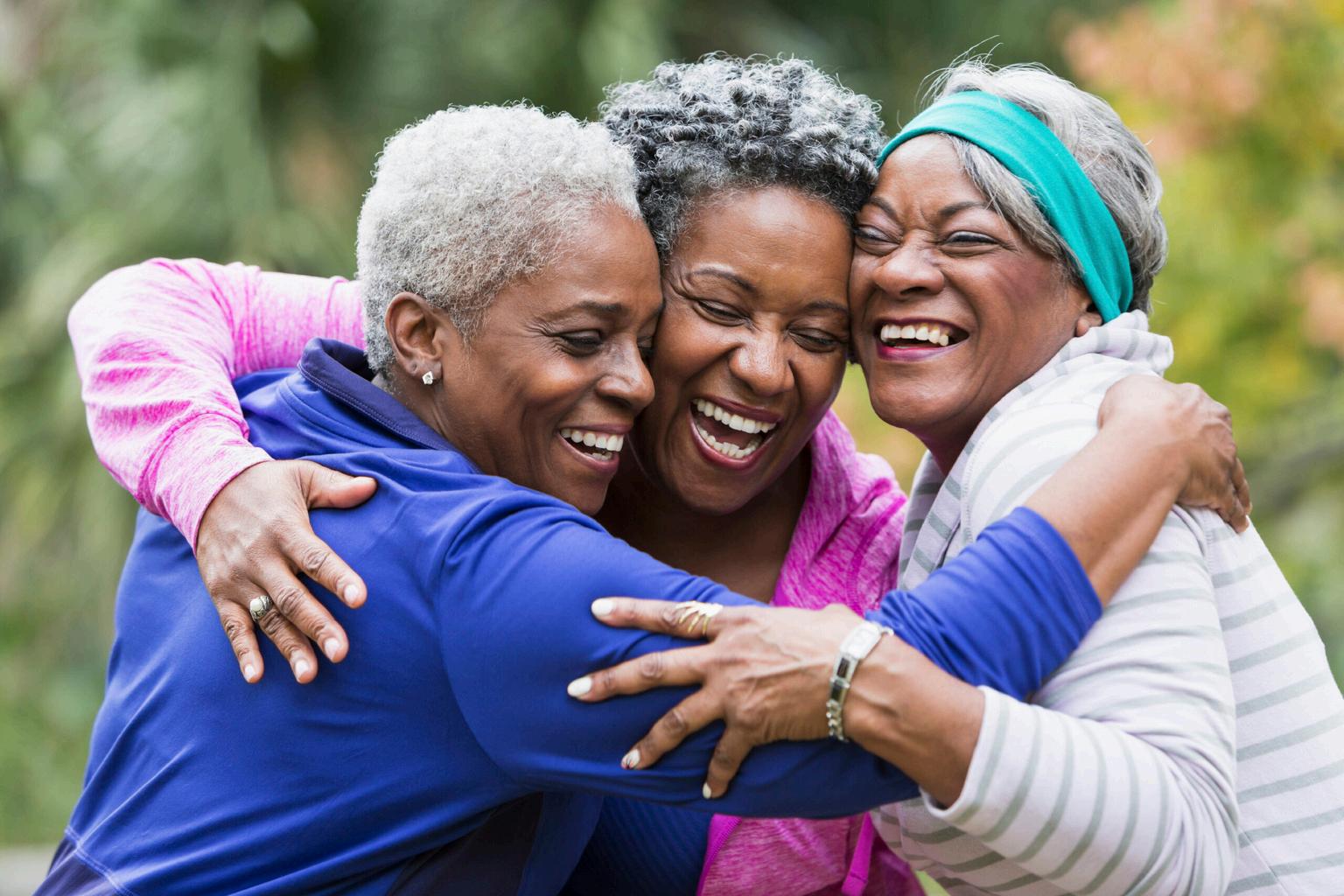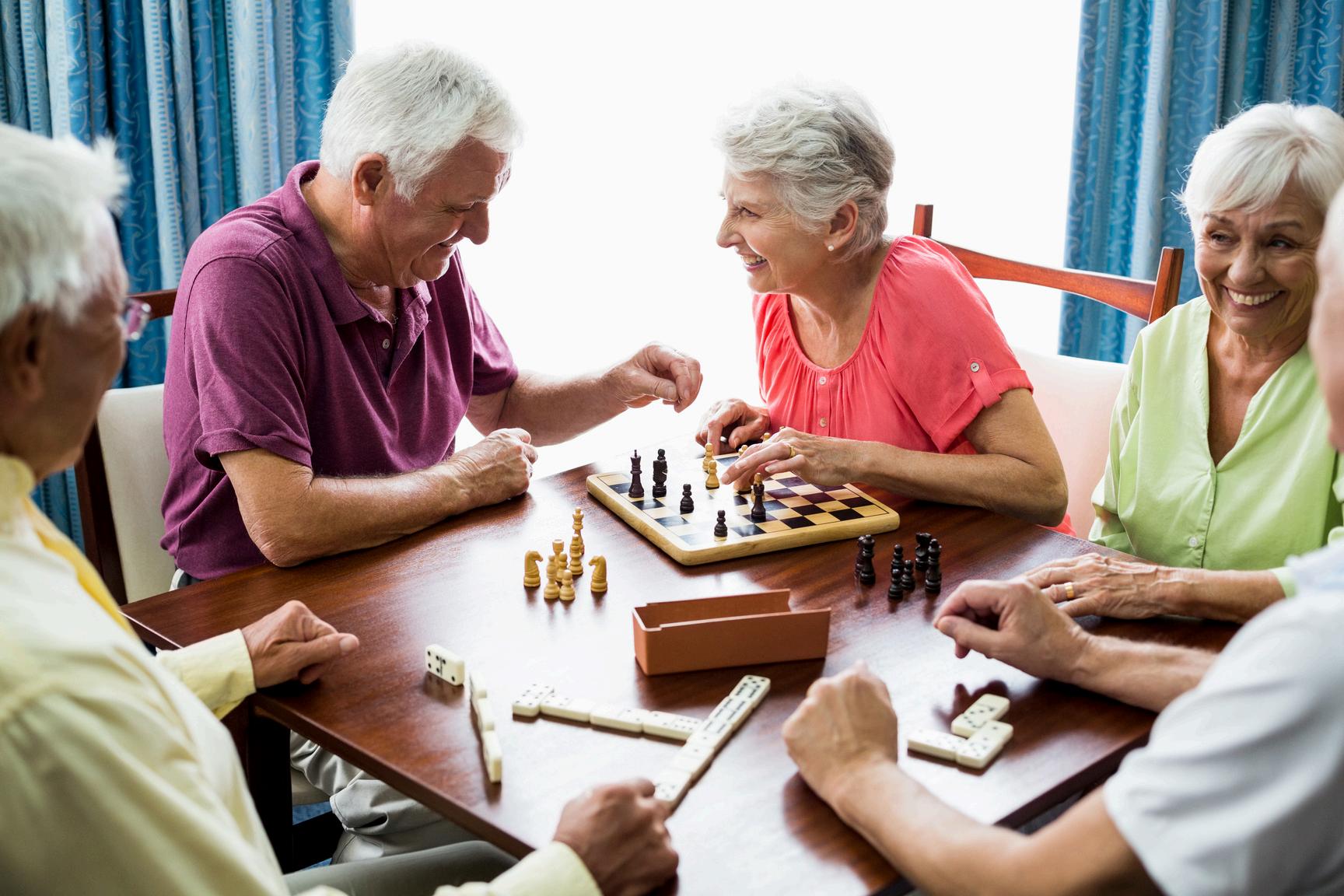
3 minute read
The State of Social Connection: A Life Course Matter Ageing and Social Connection
by Dr. Natasha Ginnivan
Humans need connection at every age. Like many other mammals, we have evolved as a group that relies on and is sensitive to the degree to which we are in close connection.
Brené Brown’s hit TED talk was all about connection, and she asserts, “It’s why we’re here.” So, we feel it acutely when we are excluded from being in connection, whether that’s in our family, friends’ groups, work-life or community. What social impact can we make by connecting outside of our day-to-day lives, building our social resilience and networks and paying it forward with a simple, extra check-in with friends and/or relatives in midlife and beyond?
A recent New York Times article reported studies showing the significant impact a simple call or text to check in on someone can have on the people in our lives.

I study the psychology of ageing, midlife transitions, age expectations and attitudes to ageing. Having been strongly influenced by the work of Yale Psychologist Becca Levy, I am an advocate for consciously shedding negative age stereotypes and living our best life by embracing age. Though I support and advocate for embracing our ageing journey with positivity, I also recognize that various stages of the life course are not without their challenges. Many in this ageing and midlife transition space have referred to the U-curve of happiness, which speaks to the idea that the average person becomes happier with age. I would also argue for the importance of social connections, a sense of purpose and positive self-perceptions of ageing in aiding this trajectory of happiness.
Therefore, I would say as a society, we need more support in these important life stages and transitions that would include ritual, recognition, and rites of passage in our mid-life transition. Without these, we can easily psychologically stumble into that ditch of the U-curve!
The State of Social Connection: A Life Course Matter Ageing and Social Connection
Rituals that we need are ones with a positive and life-affirming frame that recognizes your past achievements while also acknowledging the challenges that you have overcome. The road ahead can be framed as one of opportunity, transformation, and change. Without intentional support mechanisms and ways of cognitively combatting ageist sentiment that promulgates the myth that we have no purpose after 50, we may struggle to move beyond that ditch.
Social isolation has been associated with poorer quality of life, lower mood and depression, and headlines are often about ‘the elderly’ suffering from loneliness and social isolation. This is no doubt a challenge for our ‘age-segregated’ society, which has three or four distinct stages of life that revolve around learning, earning, and retiring. These traditional life stages include intense activities of rituals, milestones, and progression from formative years of socializing and learning skills to transition into a state of earning a living. This also informs the psychosocial processes involving selfcategorization and self-identity. Little has been cultivated in the way of rituals and developmental transitions, as seen in earlier life chapters, to ensure our social identities, social connection, and quality of life continue to be optimized in supporting social roles and identity in midlife and beyond. Western society predominantly frames ageing as negative and of complete decline once we reach middle age


Intersectionality of our ageing journey with our individual identities, be it gender, ethnicity and life chances, can all play a role in whether we experience equal or unequal ageing However, the biggest predictor of longevity, interestingly, is how socially connected we are. Having positive social interactions is linked with a sense of purposefulness in older adults. Humans are so wired for social connection that from infancy, if babies are not receiving attention, social interaction and optimal reflection of emotion and co-regulating with their primary caregivers, this can impact the size of their brain in those formative stages. As we grow older, we continue to need connection and social stimulation, or we languish.
A memorable psychology experiment that I learned of in my undergraduate degree was looking at the impact of social exclusion on the brain by having a participant engage in a virtual game of catch while having functional magnetic resonance imaging (FMRI) taken of their brain. The participants’ role in the video game was to continue throwing and catching in this virtual game of catch between him/herself and the two virtual playmates. The ball would be thrown to you, and then you continue passing it along to the next player in the video game, and it comes back around to you.









